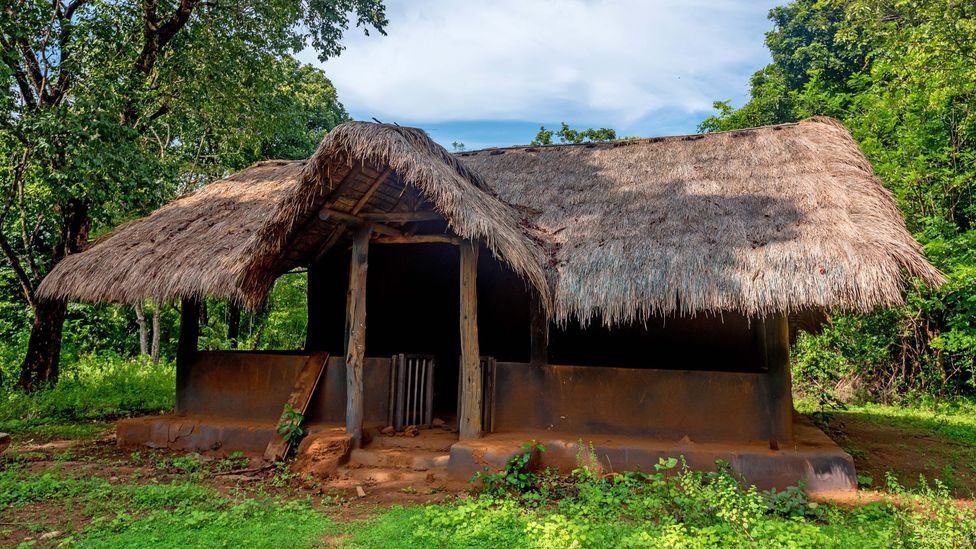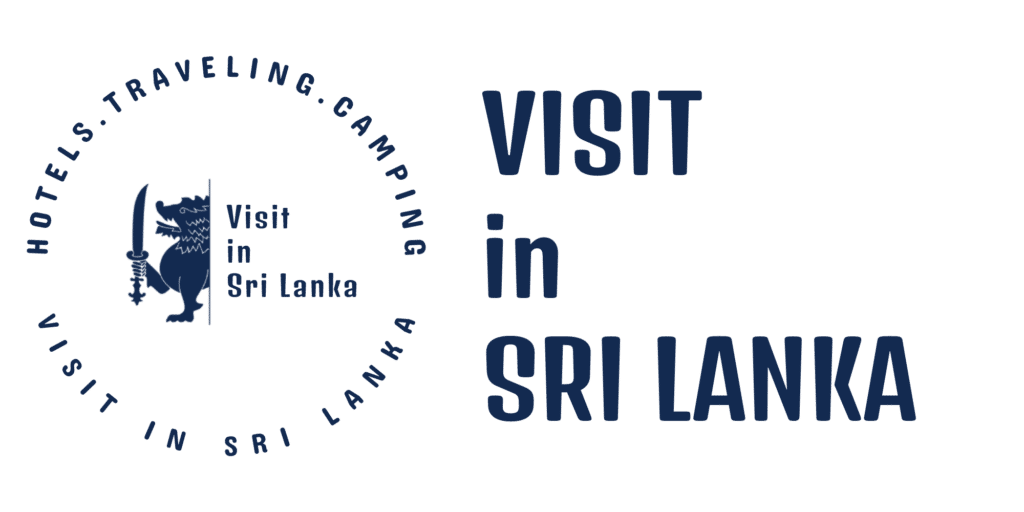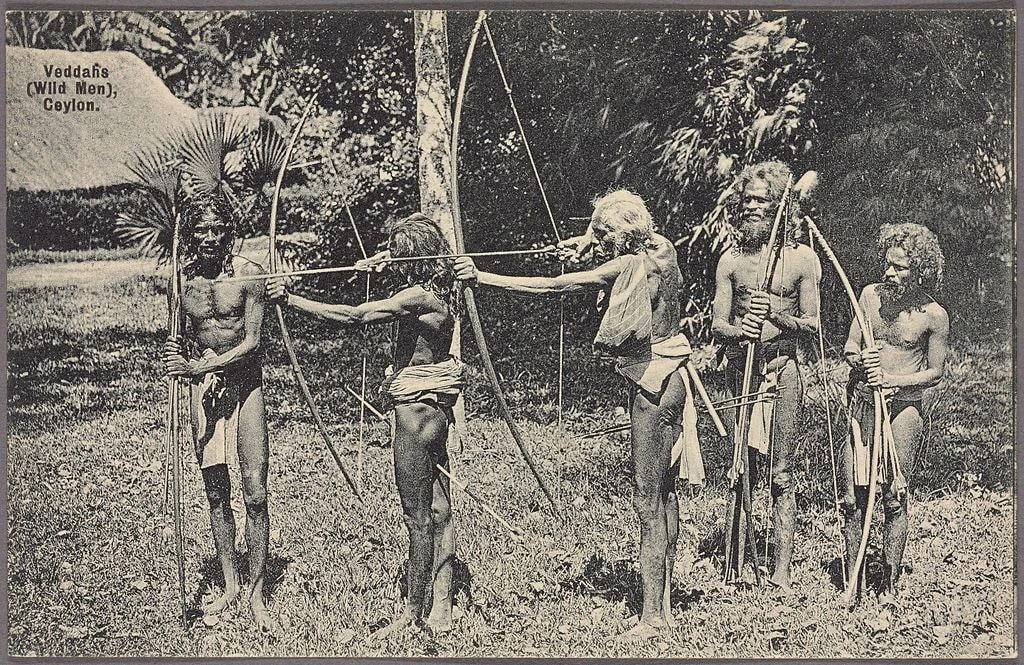The Veddas in Sri Lanka are a group of people living in the Dambana – Mahiyanganaya region in Uva province. They live as a tribe with a specific set of rituals and a tradition. They were once proud and independent people who lived their own lives. This group of people take the attraction of both local and foreign travellers, so their place has become a specific travel destination in Sri Lanka. In a situation with the influence of outsiders, these people are in a struggle to preserve the culture and tradition of their tribe.
There is a lodge deep in the jungle inside Gal Oya National Park. It’s called Gal Oya Lodge, and it’s one of the closest places to one of the last remaining deep jungle Vedda villages. The chief of the tribe enjoys taking the occasional tourist on a walk through their part of the jungle, giving them a first-hand glimpse of the Vedda way of life.

The Vedda were greatly concentrated in the south-central jungles of Sri Lanka, in the area known as Mahiyangana. One of the most important and sacred ancient Buddhist temples, the Mahiyangana Raja Maha Vihara, was built in Mahiyangana. Due to Sinhalese villages growing in the area, the Vedda started adopting modern customs, putting their ancient existence in danger. The Veddas that knew better moved further into the jungle and later on, the Maduru Oya National Park was named a Vedda reservation site. This is one of the only places where the Vedda can live according to their ancestral customs, albeit with some modern amenities, like brick cottages.
History of the Veddas people
According to the ancient chronicle – the Mahavamsa, it is recorded that the Veddas people are originally coming from the two children of Kuweni, the Yakkha princess who was betrayed by King Vijaya. Once expelled from the palace, she brought up her two children in the forest. It is said that Veddas were coming from those children of Kuweni. But according to some anthropologists, it is believed that the origin happened before the arrival of King Vijaya, and it dates back to the stone age. But their language shows Indo – Aryan roots that have no connection to Sinhala.
Livehood of these people is the same as the people in the stone age as they lived a hunting-gathered life. They had few simple needs just to survive. They lived in caves at the very beginning and they began to live in huts as a community. Their livelihood got some changes. They lived hunting animals and then they started to cultivate in chinas, according to the records of Prof. Sugathapala de Silva in Dambane Veddas, only three regions with a Vedda population remain today. Dambana, Bulugahaladena and Thamankaduwa. But most of the communities living in these regions are relocated due to some irrigational schemes like the Mahaveli scheme. With those resettlements, the Veddas community is limited to the very regions. But earlier, it is believed that the extent of the community was much more than today.
Culture
although there were 14 sub-groups of their tribe, only six groups remain at present. Those sub groups identify themselves by their family name.
- Uruwarigaya
- Thalawarigaya
- Moranawarigaya
- Unapanawarigaya
- Nabudanawarigaya
- Embalawawarigaya
Those family names are given to a child born to the family. The Adivasi leader, the Uruwarige Wannilaththo belongs to the first group of above mentioned groups.
Veddas were originally and traditionally cave dwellers who later changed their houses to straw huts. They lived as families, and their tendency towards the family was exciting and adorable. Children were well taken care of by their parents.

Most of the meat the jungle Vedda eat is venison or anything else they can hunt. The use a bow and arrow for a quick and silent execution of the hunt.
The Vedda are the real Paleo community of Sri Lanka. They live off the hunting and gathering they do in the jungles, they live in. One of the staple foods gathered by the Vedda is wild honey, which they collect by climbing trees where the hives are and burning dry leaves toward the bees away. Every year around June, they go on a two-month-long honey hunt, taking only rice and chilli with them. Everything else they eat is gathered or hunted. The village Veddas might not be doing this anymore.
The most important natural resource that the Vedda depend on is coconut palm. Coconut palms provide them with fruit throughout the year without fail. The coconut palm doesn’t only provide food but also provides plenty of material to build huts, create shelter, make rope and even bowls to keep things in.
In recent years, the Vedda has adopted the Sinhalese way of dressing in sarongs. Some of the Vedda communities deeper in the jungle still wear their traditional simple fibre coverings, but it is not as common anymore. Ancient Vedda songs and dances are still practised and passed on to the younger generations. They have a close connection to nature, and their ritualistic songs are like communication with the elements. Tribal shamans speak with the spirits of the dead to make decisions and advise the chief. The Vedda have their own language, and some of the Vedda, who want to maintain their culture, are trying to keep it intact by teaching it to their younger children.
Some of the rituals they do
They worship the ancestral gods called Na Yakun. They do these rituals, the Shanthikarma, to prevent diseases and curses. They perform them through dances and music. The ultimate wish of those rituals they do is to wish for the wellness of their tribe and for good luck in the future, avoiding all the bad luck. Some of the dances are as follows.
- The Hakma dance
- The Hangala dance
- The Kirikoraha dance

How things changed with the time
Over the years, many things in their lives have been changed, and the Veddas people living today have way more different cultures and traditions. Their livelihood changed from hunting to cultivation, and from cultivation, it developed into many more different professions. Today there are these people in various sectors of the country. Education has been improved greatly. Earlier, they had no school-based education. Today the, children of them go to schools and also tend to have higher education.
With the development of technology and infrastructure in those regions of Veddas people, they got to migrate to places for jobs and education. There is still a limited number of people still living as a tribe in some areas, but most of them have modernized and travelled to different regions of the country for their own betterment. Still living in Dambana in the Mahiyanganaya area most elderly people and younger generations go for their future. Almost all the habits and the whole way of life have changed with time.
With the trends and development of communication technology, these people are not confined to a small piece of land. They now have access to the external world. Today we see them having their rituals in ancient culture, but soon with time, we may not see them as they are.



